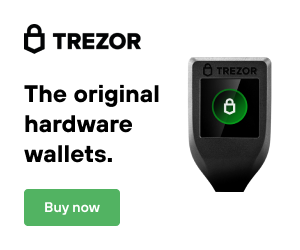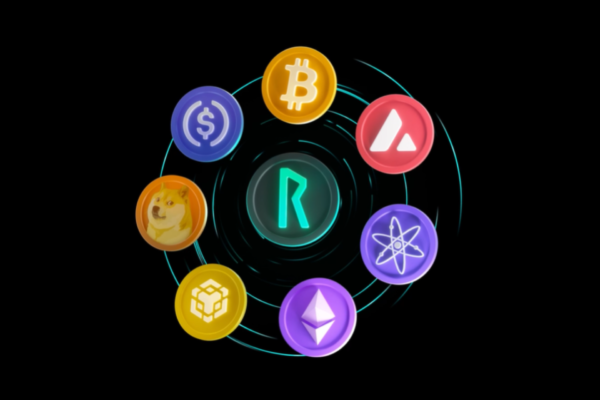Nomic is working to provide a way to use Bitcoin on Cosmos in a safe and efficient manner. Once the main net is live, users will be able to stake for BTC rewards, and use Cosmos BTC with Defi applications.

NBTC
The main product of Nomic will be known as NBTC. NBTC holds a 1:1 value with native Bitcoin. Nomic aims to build a multi signature treasury filled with Native Bitcoin. As this treasury grows, NBTC will be minted based on demand. Bitcoin and Nomic validators will be required to have a 2/3rds signature in order for funds to be moved to and from Cosmos. This will be immensely secure since it will benefit directly from the Bitcoin proof-of-work consensus mechanism. The protocol will also benefit from the robust Tendermint protocol of the Cosmos. For more information on how Tendermint and Cosmos work, check out our article [here].
From there, a set of predetermined security/double check features will validate the Bitcoin reserves. Once validated, the Tendermint protocol on Cosmos will either approve or deny the minting of NBTC. When NBTC is removed from the Cosmos, it will be burned and an equal amount of native BTC will be freed from the locked portion of reserves. This process allows users to hold Bitcoin value within Cosmos instead of the Bitcoin blockchain.
The benefit of such a maneuver will allow for participation within the ever-growing multi chain that is Cosmos. Users will be able to lend NBTC for a yield, participate in liquid staking, provide liquidity and more. The treasury will be overcollateralized as to protocol against the ever-famous Luna downfall. The protocol will periodically use the Bitcoin network as a system of checks and balancing for the native Bitcoin treasury. This process will prevent long range attacks that are common on proof-of-stake networks [1] .In order to keep both Nomic and Bitcoin up to date, relay nodes will be employed to upload and validate the history of both Bitcoin and the Nomic sidechain. In order to further heighten security a network token known as NOM will be employed.

NOM
Nom will serve as collateral for an emergency disbursal process which is designed to protect against failure. NOM stakers will be disincentivized to unlock the token, and disincentivized to commit fraud within the network. NOM stakers will receive a small percentage of Bitcoin based on the fees from the Nomic network. Through governance, this protocol will grow and adapt to the best suited and most secure methods to supply NBTC.
From the Nomic Github: The reserve rate and collateralization ratio can be set by various different schemes, for example:
- Collateralization-Adjusted Rate: If we assume we have some oracle that gives us the price between the staking token and Bitcoin (e.g. a TWAP automated market maker hosted on the sidechain), we can calculate the collaterization ratio. We can choose some target collateralization ratio, then if the staked value is too low the reserve rate can be increased, and if the staked value is higher than necessary the reserve rate can be decreased (e.g. with a simple control algorithm such as a PID controller).
- Capped Collateralization: Another scheme would require all Bitcoin claim-holders to choose a maximum reserve rate. Then, if the collateralization ratio falls below its target, BTC-claims would be removed from the network through a forced disbursal, with priority for keeping the claims with higher maximum reserve rates. When the collateralization ratio is in its target range, the effective reserve rate paid can be given by the lowest chosen maximum out of the BTC-claim accounts on the chain.

The Emergency disbursal process will utilize carefully thought out timelocking to protect the treasury. To avoid potential attacks of the 2/3 multisignature process, Nomic employs a checkpoint using the Bitcoin network directly. Attackers will not receive their stake until this checkpoint is completed and validating on the Bitcoin network. This process will make it so attackers will be unable to receive any of their stake (including fraudulent stake) without removing their own control over the voting power, thus eliminating their possibility of theft.
BTC transactions will only be able to move fully confirmed transactions. While this will hamper speed, the purpose of the slow and calculated approach is to utilize Bitcoins security. Many centralized exchanges are fast because only a portion of confirmations are required to move crypto funds around. Since this process will only allow fully confirmed proof-of-work Bitcoin transactions.
From the Github We can separate BTC-claim tokens into two components, 1) withdrawal-claims which grant the holder the right to withdraw for an equal amount of BTC on the Bitcoin main chain via the disbursal process, and 2) emergency-disbursal-claims which converts to main chain BTC for the holder in the event of a liveness failure via the emergency disbursal.
There is still a lot more work for the Nomic team and Github contributors to complete, but the potential here is massive. If you believe Cosmos is THE interoperability play, and the future of multi chain, bringing pegged Bitcoin in volumes is bullish. Users of many popular Cosmos networks will be receiving the second NOM airdrop in the near future. Follow along for updates. Please remember none of this is financial advice, sometimes the best way to get exposure to these high risk assets is in airdrop (free) form. Stay safe out there!
[1] https://gist.github.com/mappum/da11e37f4e90891642a52621594d03f6
















